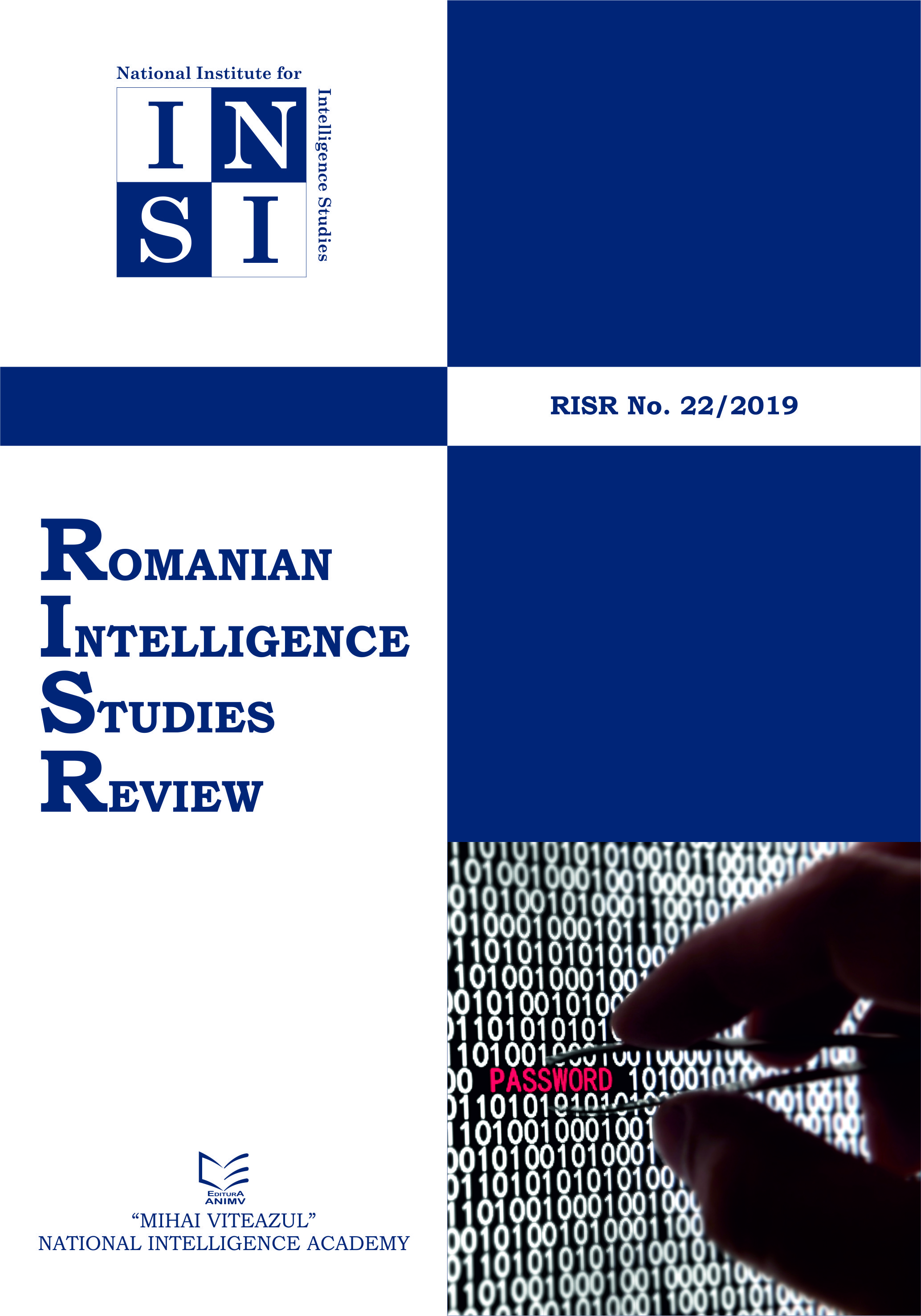COGNITIVE BIAS, DIGITAL DISINFORMATION, AND STRUCTURED ANALYTIC TECHNIQUES
COGNITIVE BIAS, DIGITAL DISINFORMATION, AND STRUCTURED ANALYTIC TECHNIQUES
Author(s): Randolph H. PHERSON, Penelopa MORT RANTASubject(s): Politics / Political Sciences, Politics, Security and defense
Published by: National Institute for Intelligence Studies
Keywords: Digital Disinformation; Fake News, Social Media; Cognitive Bias; Misapplied Heuristics; Intuitive Traps; System 2 Thinking; Structured Analytic Techniques;
Summary/Abstract: „In recent years, democracies have increasingly come under attack by perpetrators of Digital Disinformation” , also commonly referred to as Fake News. Manifestations of Digital Disinformation can range from Russia attempting to influence election outcomes to young entrepreneurs in Macedonia posting false stories for profit. In the absence of laws or international standards to regulate these online activities, the perpetrators have honed techniques that, intentionally or not, effectively manipulate popular perceptions by exploiting the cognitive biases, misapplied heuristics, and intuitive traps shared by all people. This article explores which of these cognitive limitations have proven the most effective to exploit. Key biases and misapplied heuristics the Russians and others have used to promote their agendas include Confirmation Bias, Vividness Bias, Groupthink, and the Anchoring Effect. Examples of intuitive traps that can easily be manipulated through postings on social media include Judging by Emotion, Confusing Causality with Correlation, and Ignoring Inconsistent Information. „The best antidote for such manipulation is to employ more deliberate and purposeful thought processes as described by Daniel Kahneman in his book, Thinking Fast and Slow. Structured Analytic Techniques are effective in helping people recognize when they are being influenced by Digital Disinformation and in countering its impact”. (See more on Pherson, June 2019)
Journal: Romanian Intelligence Studies Review
- Issue Year: 2019
- Issue No: 22
- Page Range: 5-15
- Page Count: 10
- Language: English

